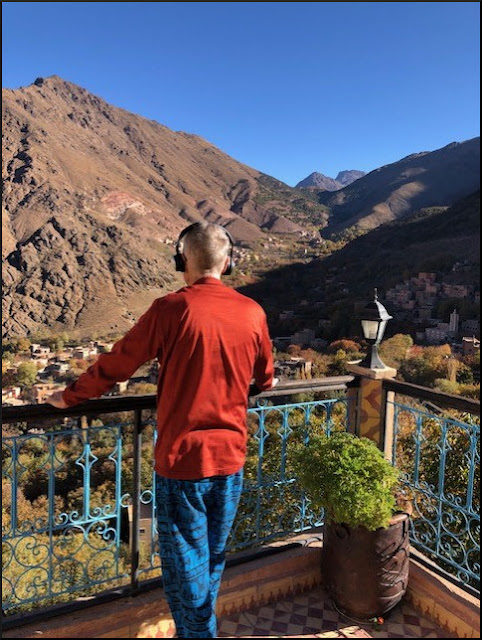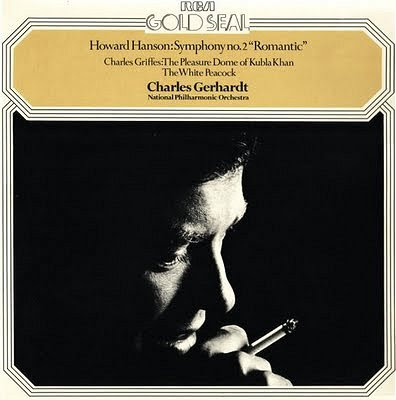Is this the concert hall of the future?
Classical music is irrevocably and fatally tied to place. Geocentricity dictates that the only place to hear classical music is an acoustically perfect concert hall. It dictates that this concert hall must be in a city centre, and also mandates that city centres are the only place to hear classical music. And geocentricity dictates that the only music to hear in the acoustically perfect city centre halls is from the European classical tradition.
New technologies have created a mobile generation - mobile computing, mobile communications, mobile listening, and mobile workplaces. Yet classical music remains wedded to immobility and geocentricity.
In his memoir Silences So Deep John Luther Adams explains how "I began to feel that my music was no longer about place, but had in a real sense become a place of its own". Aspects of the recent Arts Council England proposals may be wrong-headed. But the underlying message of the proposals was profound and, predictably, overlooked by the classical experts - classical music must kick its geocentric habit to survive.
Alexander Scriabin intended his uncompleted magnum opus Mysterium to be performed in a specially built temple in the foothills of the Himalayas: watch a video via this link. Jonathan Harvey controversially proposed that the tyranny of micro-place should be broken by allowing audiences to move around during concerts, and the tyranny of macro-place should be broken by using electronic sound-shaping to transform acoustically imperfect concert venues. (In just another example of the classical industry encouraging the audience to eat the menu instead of the meal, one of the most vocal critics of electronics in the concert hall is now singing the praises of the click-bait worthy Ukrainian composer Valentin Silvestrov's Requiem which uses a synthesizer. Others were advocating the same transcendent work twelve years ago when Gustavo Dudamel was the stuff of click bait and Putin's territorial aspirations were less bellicose).
John Luther Adams' Sila: the Breath of the World was premiered outdoors at New York's Lincoln Center in 2014, and in the header photo I am listening to it last week on my AKG headphones in Morocco's Atlas Mountains. Sila is scored for five ensembles of 16 musicians and the music may be performed outdoors, or in a large indoor space. The musicians are dispersed widely, surrounding the listeners, who are free to move around and discover their own individual listening points.
You can sample an outdoor performance of Sila via this YouTube video. Significantly the video is prefaced with the message "Headphones recommended for this content". Back in 2014 I reported how a respected musician had explained that "No one mixes for speakers these days". In 2030 some one may well be reporting that no one listens in city centre concert halls these days.










Comments